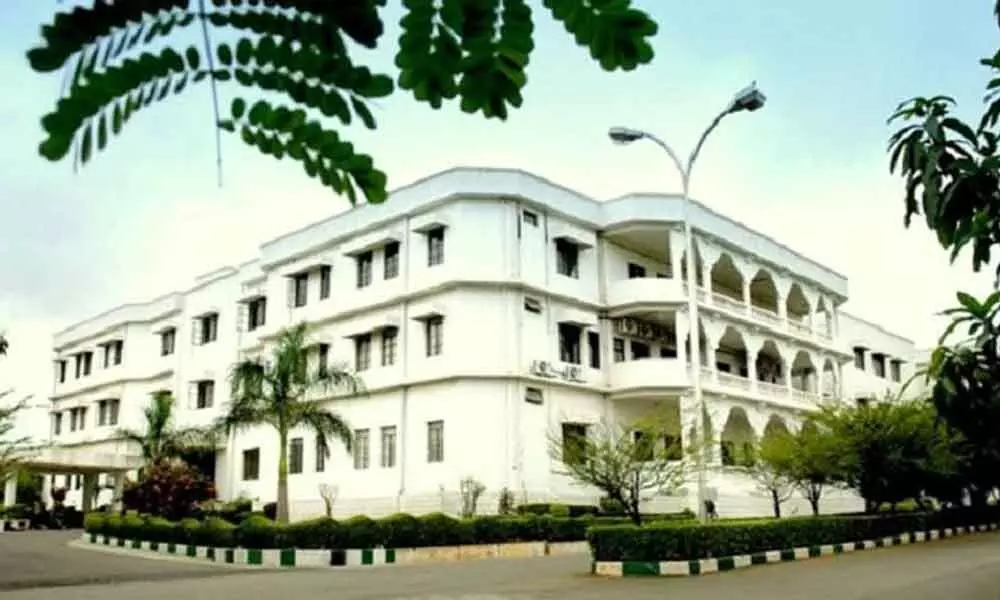IIIT-H, NDMA find way to study quake impact

IIIT-H, NDMA find way to study quake impact
Disaster management hitherto followed a relief-centric approach. The new RVS Primer will assist in a more mitigation- and preparedness-centric approach with continued focus on response, which is proactive, holistic and integrated as per the Disaster Management
Hyderabad: The International Institute of Information Technology Hyderabad (IIIT-H) and the National Disaster Management Authority (NDMA) have developed a methodology for testing the strength of buildings to withstand earthquakes.
The Rapid Visual Screening (RVS) premier methodology provides better insight into structural safety in the wake of earthquake risks and would serve as a pioneering document to screen various kinds of buildings for their structural stability, and to assess and estimate the possible damage during an earthquake, IIIT-H said on Friday.
India, according to an estimate, has about 30.5 crore buildings categorised into 30 typologies. About 82 per cent of the population lives in quake-prone zones, that is geographically 56 per cent of India.
The RVS Premier methodology enables testing on a mass scale. Structural status of buildings before and after the earthquake will provide an effective checkpoint for government institutions, industries, private organisations and local bodies against the threats posed by earthquakes, said Prof Pradeep Ramancharla of IIITH, who heads the project team.
According to him, the seven forms of methodology developed by them could cover 60 to 70 per cent of the total buildings. "This is a simplified assessment system. We are now working on preliminary and detailed assessment systems, whose results can be expected in four to five years," he said. Using this methodology, the team studied the structural strength of 20,000 buildings in Bhuj in Gujarat, considering the earthquake in January 2001 causing massive destruction and damaging 3.4 lakh buildings. It also studied structural strength of 10,000 buildings in all the 12 districts of Himachal Pradesh.
"Focussed earthquake risk mitigation activities such as construction of buildings, compliance with design standards, and assessment and retrofitting of existing buildings can significantly reduce risk due to potential earthquake hazards," said Professor Pradeep. He believes this massive exercise of assessing the strength of buildings can be carried out simultaneously with census. According to him this methodology would serve as one key parameter for the banks too, in deciding whether to fund a project or not.
Disaster management hitherto followed a relief-centric approach. The new RVS Primer will assist in a more mitigation- and preparedness-centric approach with continued focus on response, which is proactive, holistic and integrated as per the Disaster Management Act, 2005.












